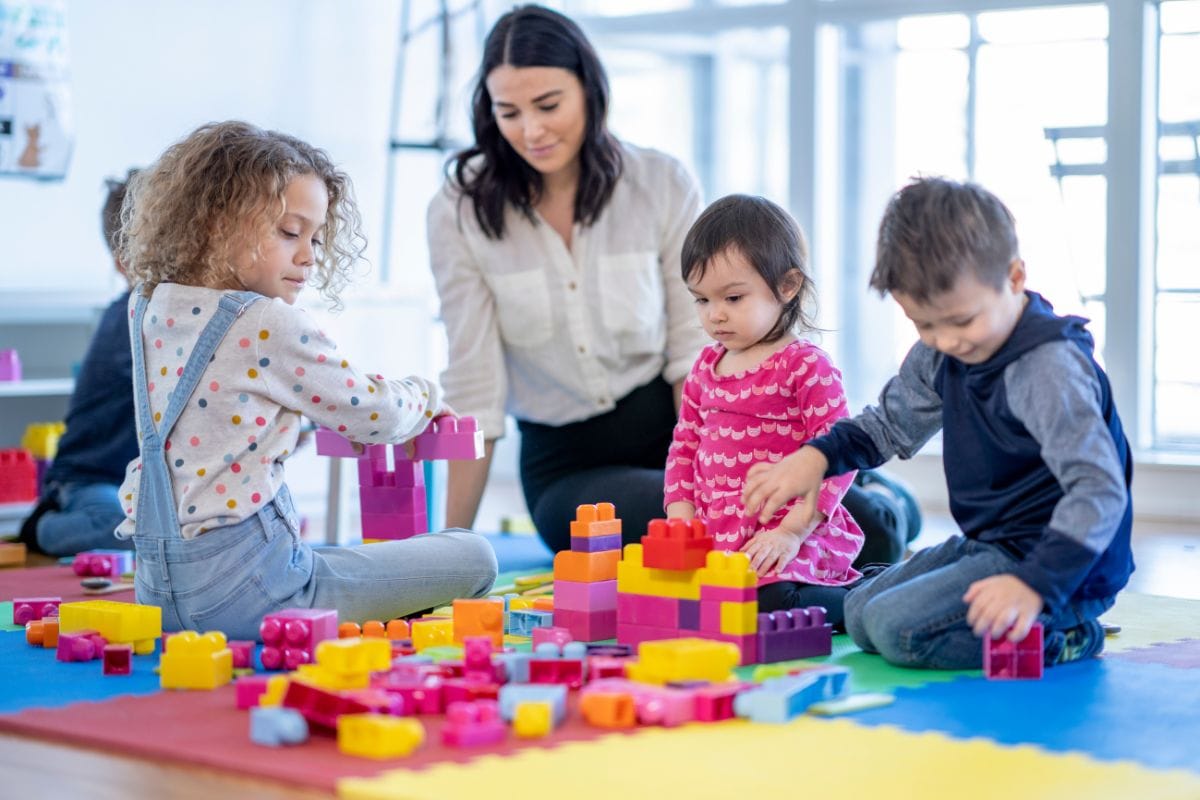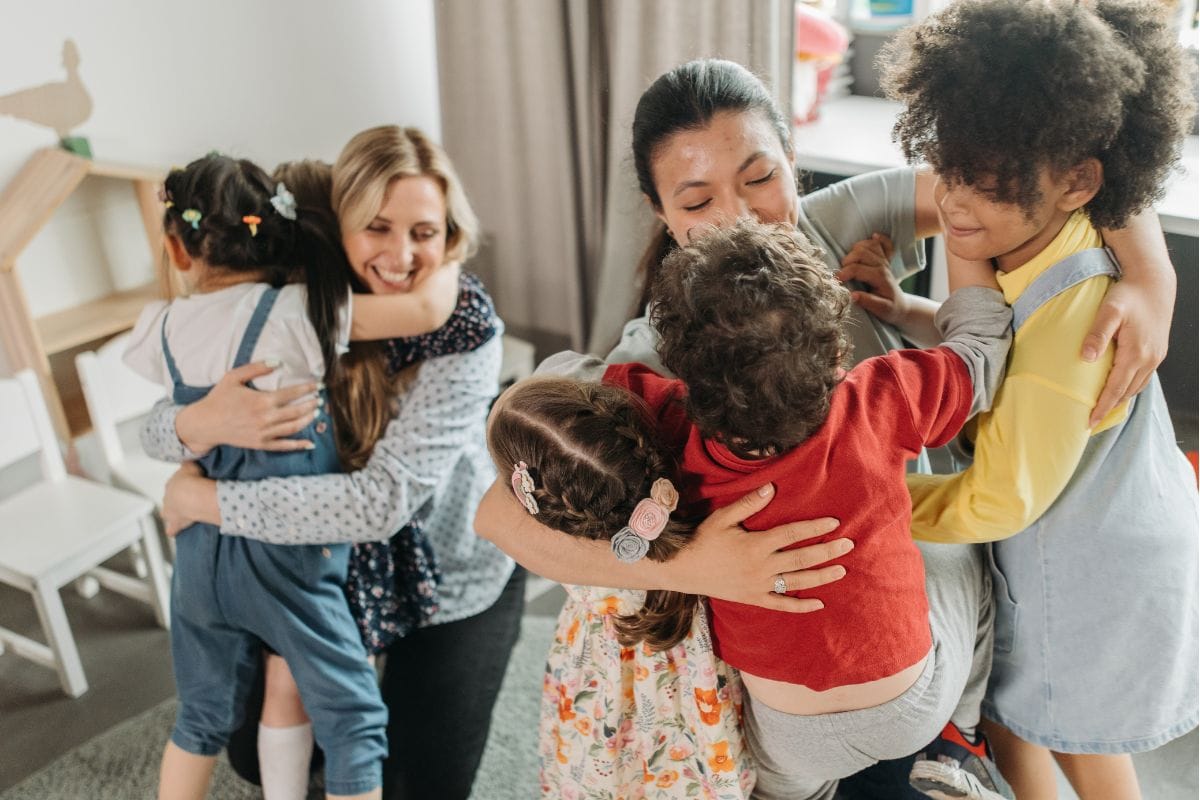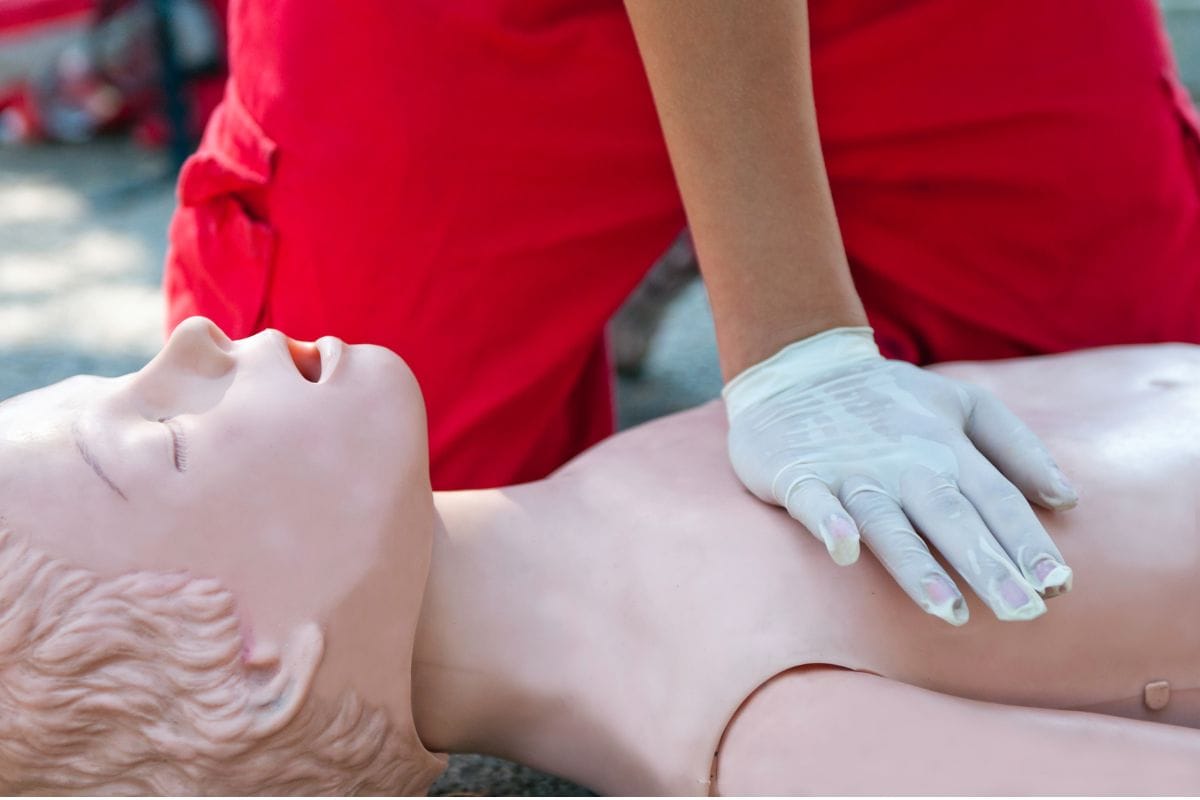Every parent and caregiver wants the same thing—a safe, healthy place for children to grow. We do our best to keep sharp corners covered and choking hazards out of reach. But some of the most harmful threats are the ones we can’t see. Lead is one of them. Even today, children are still exposed to it at home, in schools, and in daycare centers—places meant to protect them.
Lead isn’t just an old problem—it’s a quiet risk that’s still around in many older buildings, water pipes, and even imported toys. And while it doesn’t always show immediate signs, the damage it can cause to a child’s brain, development, and health can last a lifetime. This is where preventive health care steps in—not just as a requirement but as a responsibility.
Let’s Talk About the Air They Breathe and the Toys They Hold

Young children explore the world daily with their hands, mouths, and endless curiosity. In these tiny, ordinary moments—crawling on a floor, mouthing a painted toy, drinking from a faucet—hidden hazards can find their way into their bodies.
Lead exposure doesn’t happen in dramatic ways. Sometimes, it’s a bit of dust from an old windowsill. Other times, it’s a forgotten toy with chipped paint. Many caregivers don’t even realize lead is still an issue. But if we go through the effort of locking cleaning supplies and covering outlets, shouldn’t we also ensure their environment is lead-free?
Why Lead Is Still a Threat in 2025
It’s easy to assume lead poisoning is a thing of the past, but it isn’t. Many childcare providers work in buildings constructed before 1978, when lead-based paint was banned for residential use in the U.S. Even today, children are testing positive for elevated lead levels, especially in urban and low-income communities.
The most concerning part? Lead exposure in children often goes unnoticed until damage is already done. It can affect their ability to focus, learn, and grow. That’s why education and prevention are our strongest tools. By staying informed and following the right protocols, providers can catch these risks early and take action before harm is done.
What Every Childcare Provider Should Know

Worrying about invisible dangers like lead can feel overwhelming. But with the right knowledge, that fear turns into confidence. Preventive health care isn’t about waiting for problems—it’s about being ready before they happen.
That’s where EMSA health and safety training makes a real difference. It teaches caregivers what to look for, how to keep environments clean and safe, and how to take meaningful action to reduce exposure. This isn’t about adding more to your plate—it’s about protecting the kids in your care with clear, practical steps.
It’s Not Just About Clean — It’s About Intentionally Safe Spaces

Just because a room looks clean doesn’t mean it’s safe. Some of the most harmful toxins are invisible. That’s why it’s essential to go beyond the usual mop-and-sweep routines and think about long-term safety.
Here are a few steps childcare providers can take:
- Test paint and dust in older buildings for lead content.
- Use cold water for drinking and cooking, as hot water is more likely to carry lead from old pipes.
- Replace old toys or equipment that might have been made with unsafe materials.
- Train staff to identify possible sources of lead during routine inspections.
This is part of a larger picture—building habits that support preventive health care daily.
Emergency-Ready Should Be Everyday Ready
While preventing lead exposure is a priority, we must also prepare for situations where something goes wrong. Accidents happen, and how we respond matters as much as prevention in those moments.
Being trained in pediatric CPR and first aid isn’t just about emergencies but peace of mind. Knowing how to respond if a child chokes, has trouble breathing, or suffers a sudden illness can make all the difference. It turns panic into calm, and hesitation into action. Every caregiver should have these basic life-saving skills—not just for licensing, but for real-life readiness.
Why 8 Hours Can Change a Child’s Lifetime of Health

It’s easy to look at training as just another box to check. But the 8 hours of preventive health and safety training required by California EMSA is more than just a requirement—it’s an investment in every child’s future.
This training covers essential topics like lead poisoning prevention, safe nutrition practices, emergency preparedness, and disease control. More importantly, it builds a foundation of awareness that helps providers spot problems before they grow. It also ensures that caregivers meet state licensing requirements while giving them tools they can use every day.
We often hear from participants who say, “I didn’t know what I didn’t know.” That’s the power of training—it opens our eyes to risks we didn’t realize were there and gives us ways to fix them.
Because Safety Isn’t an Add-On — It’s the Foundation
Children deserve more than just clean classrooms and healthy snacks. They deserve environments that are safe in every way, including the ones we can’t see. Making preventive health care part of our daily routine protects us from short-term illness and long-term harm.
At CPR Education, we believe in giving every caregiver the tools and knowledge to create safer spaces for children. Our EMSA-approved training programs are designed to be practical, reliable, and easy to follow. Start with us today if you’re ready to meet state requirements and safeguard the kids in your care.

